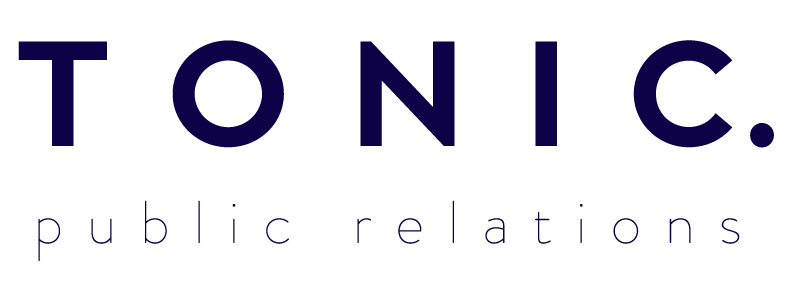By Natasha McGarrell
When done right, brainstorms can be a great way to come up with unique and creative ideas. Easier said than done though, right? Here are our four tips to running an effective brainstorm.
Know your purpose
Preparation is key. It may seem obvious but many people forget this step. Come to your brainstorm with a clear idea of what you want to get out of it. You’ll be more effective facilitator if you can keep everyone focused on a clear goal.
Similarly, make sure everyone at the brainstorm is across the topic. At Tonic, we give our team a few days’ notice and a detailed written brief so they have time to prepare. With a bit of research under their belt, your team will be equipped with more (and better) ideas.
Location, location, location
According to Bayside Journal, your surroundings can have a huge impact on your creativity and idea generation, so choose wisely. Opt for a comfortable, quiet room to minimise distractions. If possible, don’t pick a room you use for another purpose – you can’t expect people to be stimulated in a room they associate with tedious meetings. Fill the space with items that will help encourage participation in the brainstorm. There should be big visible surfaces to write your ideas (think whiteboard or giant post-it notes) and round tables to eliminate hierarchy.
When booking a room, allocate a good amount of time for your brainstorm. The jury’s still out on the perfect brainstorm time. Some sources like Brian Tracy International say to keep it shorter to keep everyone focused, while Fast Company recommend a longer brainstorm to give people time to offer more ideas. We’ve found 45 minutes is a happy medium for us, but you may want to experiment to see what works for you.
More is more
It may seem counterintuitive, but your brainstorm will run smoother if you focus on quantity of ideas, not quality. According to Buffer, criticism is a creativity killer:
“Emotions like fear, anxiety, stress and anger narrow our focus, inhibit our concentration and decrease our cognitive abilities”
Shooting down ideas will interrupt the creative flow and may discourage suggestions. Postpone evaluation for later and instead focus on coming up with as many ideas as you can. Reply to ideas with “yes, and…”, as opposed to “yes, but…” or straight up “no.” Show your team it’s safe to suggest bad or silly suggestions by offering some yourself.
Shake things up
Get creative with how you structure your brainstorm. Here are some of our favourite ways to switch up a typical brainstorm:
Reverse brainstorm: instead of asking how to solve a problem, ask “what’s the opposite of what we want”. This will switch up your team’s thinking and is a fun way to get people thinking about the problem. Harvard Business Review goes deeper into why this works.
Talking stick: choose an item in your office. The rule is, whoever holds the item is allowed to talk. It’s not a new concept, but it’s effective.
Rotate: when things are getting stale, get everyone to switch seats by yelling “rotate!” This will push the reset button on everyone’s brains and kick start their creative thinking.
Here are some more ideas you can try for your next brainstorm.
Now what?
So you’ve finished your brainstorm and you’ve got a stack of post-it notes piled on your desk. What do you do now?
Allocate an hour to yourself after the brainstorm to sift through everyone’s ideas. Pick out five to 10 of the best and examine them in detail. Then, make a plan on how you’ll action these ideas. Share the final ideas with your team – this is crucial, but many people forget to do this. Show your team how their suggestions have been implemented and made a reality so they don’t feel like their ideas are falling into a creative black hole. They’ll feel more involved in the process and will make more suggestions in your next brainstorm.

